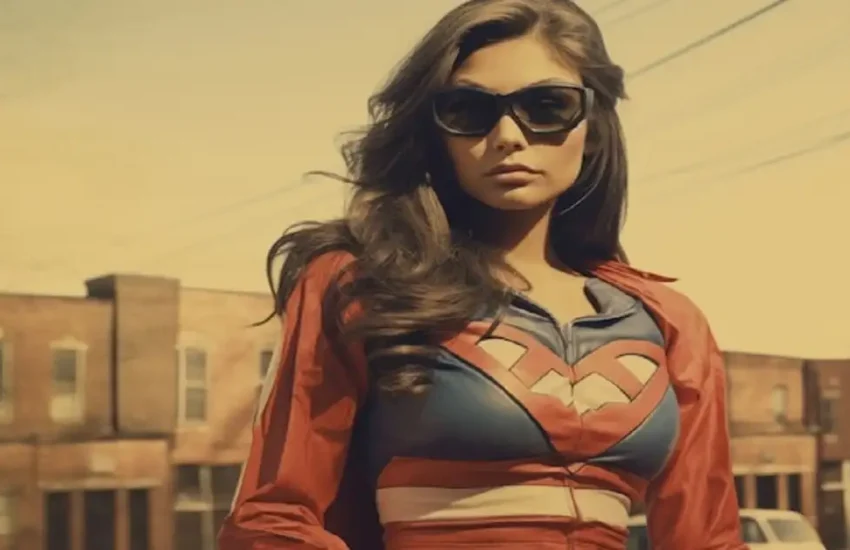Design:5exwzo_yaxi= Background
Introduction
What is Design:5exwzo_yaxi= Background? This intriguing phrase might seem like a jumble of letters and numbers, but it represents a complex and essential part of visual design. Backgrounds play a crucial role in how we perceive and interact with any visual content, from websites to advertisements and beyond. Understanding the intricacies of background design can elevate your work from ordinary to extraordinary.
The Basics of Design:5exwzo_yaxi=
Definition and Scope
Design:5exwzo_yaxi= refers to the specific elements and principles that govern the creation of backgrounds in visual design. It encompasses a broad range of factors including color, texture, patterns, and overall layout. Whether you’re designing a website, a poster, or a piece of digital art, the background sets the stage and influences the overall aesthetic and functionality.
Historical Context
Background design has evolved significantly over time. From the ornate wallpapers of the Victorian era to the sleek, minimalist backgrounds of modern websites, the way we use and perceive backgrounds has changed in tandem with cultural and technological shifts. Understanding this historical context can provide valuable insights into current trends and future directions.
Key Elements of Design:5exwzo_yaxi=
Color Theory
Color is one of the most powerful tools in a designer’s arsenal. It can evoke emotions, create atmosphere, and even influence behavior. Understanding color theory—how colors interact, contrast, and complement each other—is fundamental to effective background design.
Typography
While typography primarily concerns the arrangement and style of text, it also plays a critical role in background design. The choice of font, size, and color can dramatically affect the readability and visual appeal of your content against the background.
Imagery
Images can serve as dynamic backgrounds that add depth and interest to your design. Whether using photographs, illustrations, or abstract visuals, imagery must be carefully selected and integrated to support the overall message and aesthetic.
Understanding Background in Design
Role of Background in Visual Communication
The background is more than just a backdrop; it’s a key component of visual communication. It helps frame the primary content, guides the viewer’s eye, and establishes the tone and mood. A well-designed background can enhance the message, while a poorly chosen one can distract or confuse the audience.
Different Types of Backgrounds
Backgrounds come in various forms, each suitable for different contexts:
- Solid Color: Simple and versatile, suitable for clean and minimalist designs.
- Gradient: Adds depth and dimension, often used for modern and dynamic designs.
- Image-Based: Creates a rich and engaging backdrop, ideal for storytelling.
- Patterned: Offers texture and visual interest, commonly used in decorative contexts.
Choosing the Right Background
Matching Backgrounds with Themes
Your background should complement the overall theme of your design. For example, a playful website for children might use bright colors and whimsical patterns, while a professional business site might opt for subdued tones and sleek textures.
Impact of Background on User Experience
The background can significantly influence user experience (UX). It affects readability, navigation, and overall satisfaction. Ensuring that your background enhances rather than hinders UX is crucial for the success of your design.
Color and Backgrounds
Psychological Effects of Colors
Colors can evoke specific emotions and associations. For instance, blue is often seen as calming and trustworthy, while red can be exciting or alarming. Understanding these psychological effects helps in choosing the right colors for your background.
Color Combinations and Harmony
Effective background design often involves using multiple colors in harmony. Tools like color wheels and online palettes can help you find complementary colors that work well together, ensuring a visually pleasing and cohesive design.
Texture in Background Design
Adding Depth with Textures
Textures can add a tactile quality to your design, making it more engaging and realistic. From subtle grunge effects to bold, textured patterns, incorporating texture can elevate your background.
Common Textures and Their Uses
- Wood: Provides a natural and rustic feel.
- Marble: Conveys luxury and sophistication.
- Fabric: Adds warmth and comfort.
Patterns and Backgrounds
How Patterns Influence Design
Patterns can create rhythm and movement in a design. They can be bold and eye-catching or subtle and supportive. The key is to use patterns that enhance your content without overwhelming it.
Using Patterns Creatively
Think outside the box when using patterns. Layer them, combine different scales, or use them in unexpected ways to create unique and memorable backgrounds.
Minimalist Backgrounds
The Beauty of Simplicity
Minimalist backgrounds are all about stripping away the unnecessary to focus on what’s important. This approach can create elegant, timeless designs that are easy to navigate and pleasant to view.
Minimalism in Modern Design
In today’s fast-paced digital world, minimalism is more popular than ever. It reduces clutter, improves load times, and provides a clean, professional look.
Dynamic Backgrounds
Animation and Movement
Animated backgrounds can add a sense of dynamism and interactivity. Whether it’s subtle motion or bold animations, these backgrounds can make your design feel alive and engaging.
Interactive Backgrounds
Interactive backgrounds respond to user actions, creating a more immersive experience. Examples include parallax scrolling and hover effects that change the background in response to user input.
Responsive Background Design
Adapting to Different Devices
In an era of smartphones and tablets, your background must look good on all screen sizes. Responsive design ensures that your background adapts seamlessly to different devices, providing a consistent experience.
Best Practices for Responsive Backgrounds
- Flexible Layouts: Use relative units like percentages instead of fixed pixels.
- Media Queries: Tailor your design for different screen sizes.
- High-Resolution Images: Ensure images look sharp on retina displays.
Tools and Software for Background Design
Popular Design Tools
There are numerous tools available for background design, each with its strengths:
- Adobe Photoshop: Great for detailed image editing.
- Adobe Illustrator: Ideal for vector graphics and patterns.
- Canva: User-friendly option for quick designs.
Tips for Using Design Software
- Learn Shortcuts: Speed up your workflow with keyboard shortcuts.
- Use Templates: Save time with pre-made templates.
- Experiment: Don’t be afraid to try new things and push boundaries.
Common Mistakes in Background Design
Overcrowding and Clutter
Less is often more. Avoid overcrowding your background with too many elements, which can make your design look chaotic and confusing.
Ignoring Accessibility
Accessibility should always be a priority. Ensure that your background design is readable and usable for people with visual impairments, using sufficient contrast and clear fonts.
Case Studies
Successful Background Designs in Popular Websites
- Apple: Uses clean, minimalist backgrounds that focus on the product.
- Airbnb: Employs beautiful, high-quality imagery to create an inviting atmosphere.
Lessons Learned from Design Failures
- Overly Complex Designs: Can lead to slow load times and poor UX.
- Poor Contrast: Makes content hard to read, frustrating users.
Conclusion
Background design is a powerful tool in the hands of a skilled designer. By understanding the principles and elements of effective background design, you can create visually stunning and highly functional designs that engage and delight your audience. As technology and trends evolve, staying updated and adaptable will keep your designs fresh and relevant.



